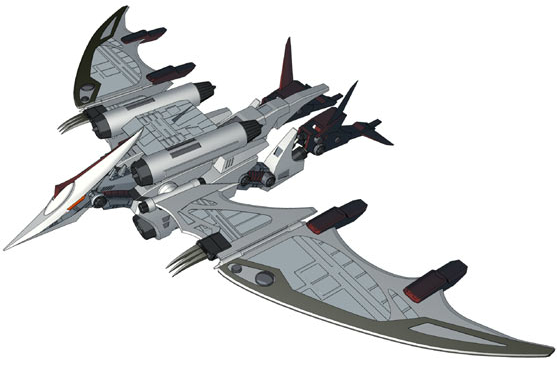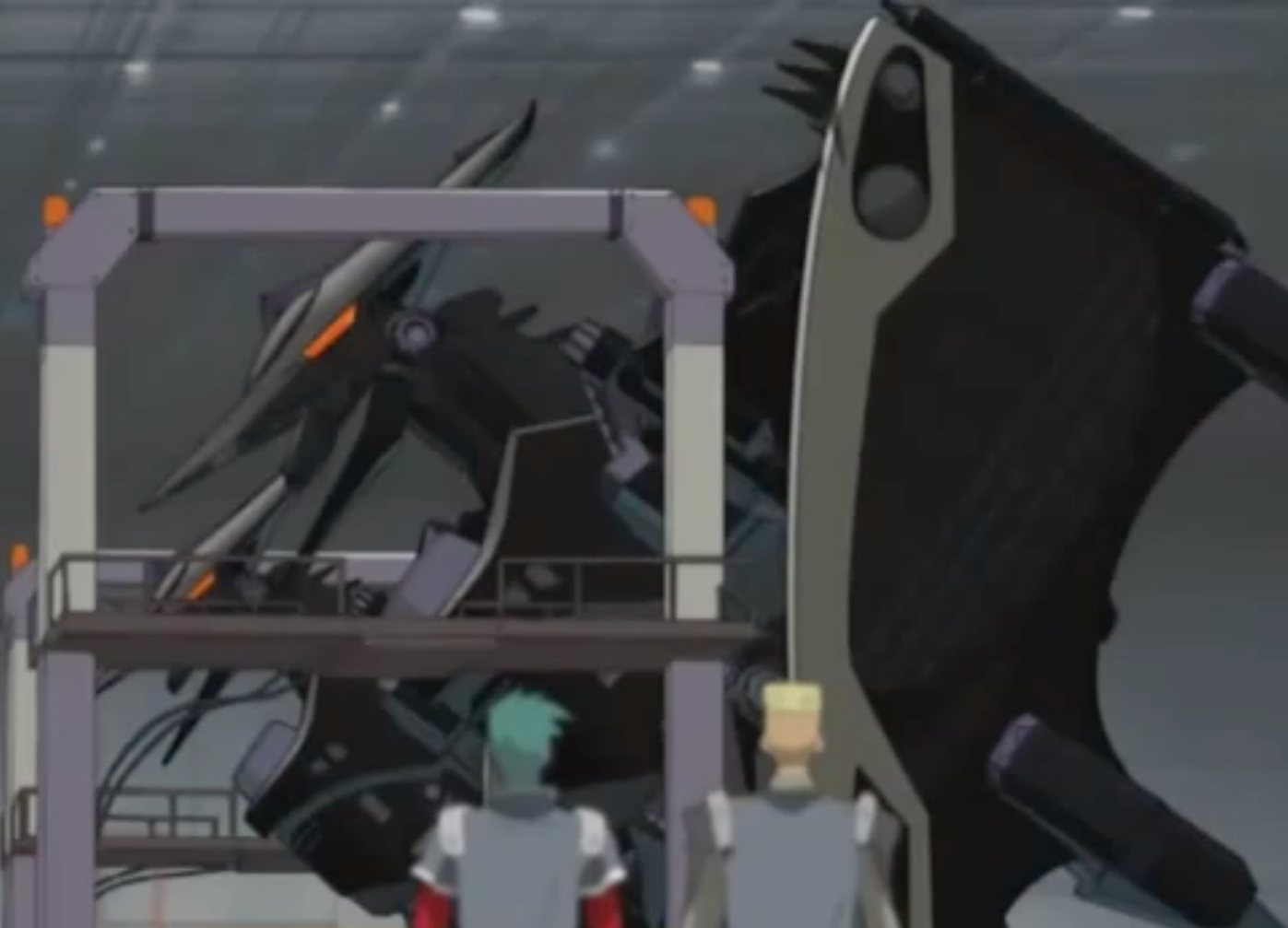It has been some time since this blogger sat down and watched Disneytoon’s Planes. Panned by the critics, I found the film not only entertaining but quite interesting. And despite the poor reviews the movie made enough money to justify a sequel – Planes: Fire and Rescue. So the creators clearly did something right. The question, of course, is what?
Planes takes place in a world similar to that seen in Cars. It may even be the same world. But since this story has a different focus this is neither confirmed nor denied. There are enough likenesses, however, to make it plausible.
The story follows Dusty Crophopper, a cropdusting plane who dreams of racing around the world rather than fertilizing corn fields all day. As he himself says, “I’ve flown thousands of miles… And I’ve gone no where.” He wants to see the world beyond his hometown, an aspiration almost everyone can sympathize with, even if they have found that the grass isn’t always greener on the other side.
Dusty has three main problems with following through on his wish. First, he is a cropduster, not a race plane. Second, he is an older model plane (not significantly older, but twenty years for a plane is not the same as twenty years for a human being). That means parts can and will be an issue. If he breaks down and loses an important piece, replacing it may not be possible.
Third, Dusty is afraid of heights. While that sounds laughable and crazy at first, it actually makes a lot of sense. As a cropduster, he has naturally has to fly low in order to do his job. For that reason trying to reach heights greater than, say, the average skyscraper literally sends him into a tailspin. He cannot look down without losing control and dropping like a rock.
Despite the scoffing of some closest to him, Dusty trains with his friends so he can qualify to enter the Wings Across the Globe race. Before trying out, Dusty approaches an old F4U Corsair named Skipper Riley and asks him to become his coach. Skipper refuses and, when Dusty fails to meet the requirements for the race, it’s a severe blow to the little plane’s morale.
However, when the plane who beat Dusty is eventually prohibited from entering the race due illegal fuel intake usage (he was essentially using steroids), everything changes. Now an official competitor in the race, he has to get into shape to make first place in the competition. Impressed by Dusty’s willingness to keep working, Skipper surprises him by offering tips and becoming his informal mentor. The old war plane isn’t happy when he learns about Dusty’s fear of heights, and he is quite put out when the farm plane absolutely refuses to fly higher than his upper limit. But he stays and continues to train him for the race.
Once he’s achieved the proper speeds, Dusty heads to New York for the start of the competition. There he makes several friends before running afoul of the race’s three-time winner, a plane named Ripslinger or “Rip” for short. (Not inconsequentially, his voice actor is Roger Craig Smith, the man who played Captain America in Avengers Assemble.) Although he dismisses Dusty at first, Rip rethinks his opinion when it becomes clear the farm plane has the talent and skill to beat him. He then resorts to every dirty trick he can think of to put this up-and-coming star out of the race.
From this overview it is clear that Planes is a pretty standard American film. It stars the country underdog who impresses everyone with his sportsmanship and gumption. The film also carries a patriotic subtheme, showing the United States Navy in a very good light, and not just with Skipper. All in all, it’s not a bad story.
So why did the critics pan it?
Personally, I think they trashed the film precisely because it is so American. A throwback to the days when it wasn’t taboo to bless American and love her, Planes presents everything good about our home country. There is not an ounce of America-bashing angst in the entire film.
But that’s not the only area in which Planes shines as an inherently American tale. The trope of the underdog who wins the respect of the world and topples the previous record-holder is one that is uniquely American in character. The reason for this is because America herself has traditionally been the “little guy” on the world stage. We were the country bumpkins who whipped the British Empire – which ruled more territory than anyone since Ancient Rome – in two wars that were rarely close to a fair fight. We then proceeded, by dint of sheer determination and grit, to make ourselves a world power.
In keeping with this theme, as mentioned above, the film also presents the navy as an inherently good organization. Skipper and his history in World War II, while fantastic, remind viewers of the fact that we practically saved the world in the 1940s. The scenes which refer to the modern military demonstrate that the spirit which led us to step up seventy-five years ago remains very much alive and well today. Skipper’s navy has received many technological upgrades, true, but none of those have changed her heart in the least.
Another area where the film affronts the sensibilities of many modern critics is its main motif, which is that everyone “can be more than what [they] were built for.” Dusty follows through on his dream of being a race plane, proving that the audience can, with perseverance and fortitude, achieve their desires as well. Many people today feel they cannot attain what they hope for, and while Planes is not the only movie/tv show/story to use this theme in the present era, it is one of the few that does so in a forthright, American manner.
This point deserves to be expounded upon a bit. Americans are so well-acquainted with the “pursue your dreams” motif that they have largely forgotten the rest of the world actively pushes the opposite message. For the most part, even in the 21st century, all other nations on the planet force people to remain in whatever state of life they were born into.
It is extremely hard for people elsewhere on the planet, for example, to change jobs. In some countries, if a man is born into a certain caste or chooses a particular profession, when he reaches adulthood that becomes his occupation for life. A few places may let him train and/or trade jobs, but the transition will be neither cost-effective nor relatively timely.
Nor will a man who moves into another profession be respected for doing so, whether or not he works as hard as the other people in his occupation. He has reached above or below his station and therefore must be held in some measure of contempt by the rest of society. If he is not, then others might think to challenge the status quo, which would upset the standards of class practiced over the course of centuries and, eventually, lead to a culture that is no longer static.
For Americans, the reverse has traditionally been true. We have had actors becomes soldiers and soldiers become actors, and no one has batted an eye over it. We have had plane manufacturers become farmers and farmers become plane manufacturers without the slightest bit of trouble or nationwide resentment….
And so on and so forth; almost everyone in the history of the United States has, at one time, traded his or her jobs like a set of hats. In doing so they have never had to worry about societal backlash or difficulties because it has been traditionally understood that in America class has no place. A farmer is as good as a billionaire, a CEO, or a high paid lawyer because all men are created equal. They are not kept equal, as they are in other countries, but they are born with an equal amount of potential to be more than what they were “born for.”
Planes takes these American tropes and runs with them in wholehearted, happy abandon. It does not apologize for being an American movie to its core. Instead, it flaunts its old-fashioned U.S. values with cheerful pride. In so doing the film reminds American viewers of what they can really do if they work hard and don’t quit. Nothing – except maybe a religious film – upsets critics so much as a purely American story. Thus it is not hard to see why critics hated the film and movie-goers loved it.
John Lasseter, the erstwhile head of Pixar, penned and directed this movie. While Planes may not be among the crown jewels of his achievements, it certainly deserves more respect than it has received so far. I would personally rate Planes near the head his list of accomplishments because, as usual, the critics were wrong. This is a movie that is well worth the purchase price and the time spent watching it.
If you are looking for a light, fluffy film that is shameless in its embrace of the American spirit, I highly recommend this movie. Hollywood has largely lost the ability to tell stories like this, so when such a gem is discovered, it deserves all the love and appreciation it can get.
Until next time, readers!
The Mithril Guardian







